King Harald Hardrada’s life story reads like an epic saga. Born into a royal family, exiled as a teenager, and rising to become one of the most feared warriors in the Byzantine Empire, Harald’s ambition and courage made him a legendary figure in Viking history. But despite his victories and grand aspirations, his final push to conquer England in 1066 ended in tragedy, marking the end of the Viking Age. His death not only sealed his fate but also brought an end to Norse rule in England forever.
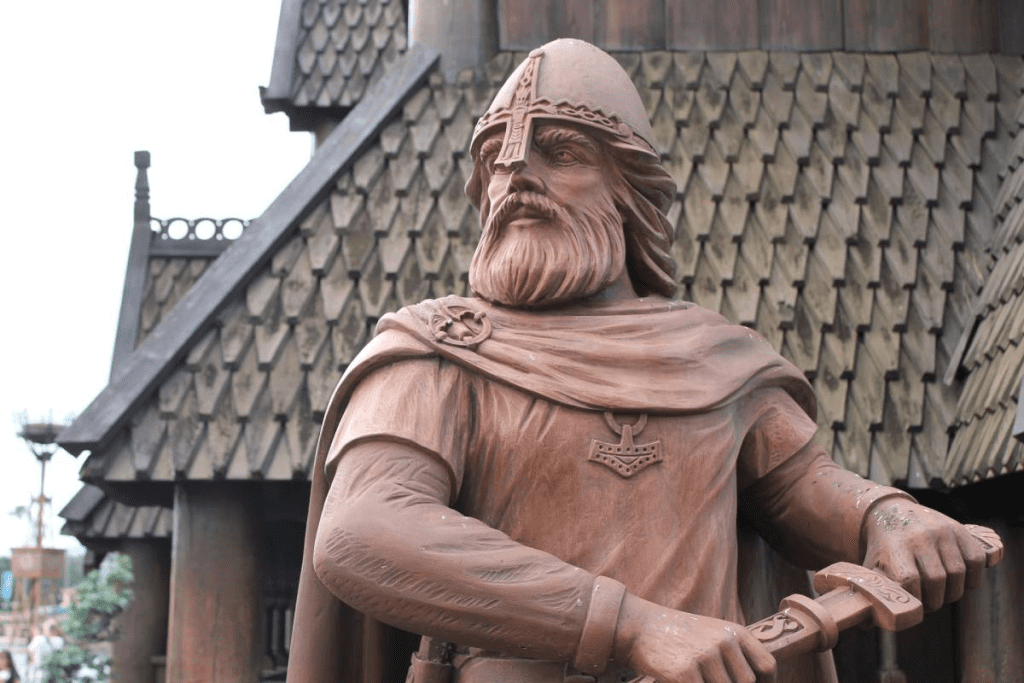
Exile and Rise to Power
Harald Hardrada was born around 1015 in Norway. He was the son of Sigurd Syr, a nobleman, and a woman of royal blood. His early life, however, was not one of luxury or ease. In fact, Harald’s life took a dramatic turn when his half-brother, King Olaf II Haraldsson (also known as Saint Olaf), was defeated in battle and forced into exile. This defeat marked the beginning of a tumultuous period for Harald, who was forced to flee Norway at a young age.
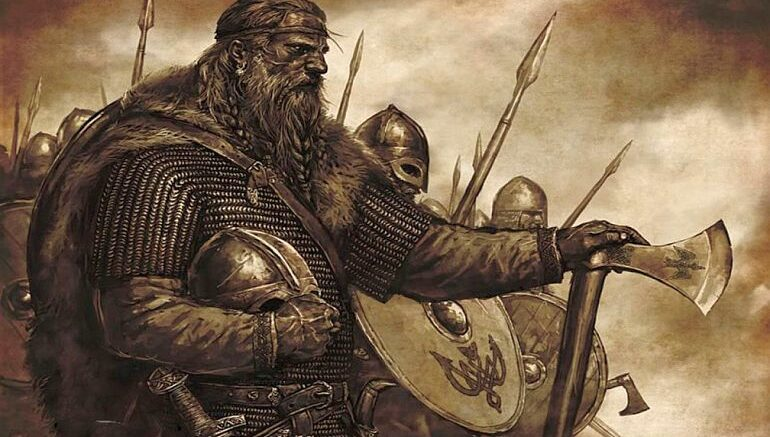
However, exile did not dampen Harald’s spirit. Instead, it set him on a path that would ultimately shape him into a formidable warrior. He made his way to the Byzantine Empire, where he joined the famous Varangian Guard, a group of elite Norse warriors who served the Byzantine Emperor. It was here that Harald would prove himself, gaining a reputation as one of the fiercest and most capable warriors in the empire.
During his time in Byzantium, Harald fought in numerous battles and campaigns. He rose through the ranks, gaining wealth, power, and experience. His time in the Eastern Roman Empire also exposed him to new military tactics and strategies, which he would later use to his advantage when he returned to Scandinavia.
Video:
Harald Hardrada: The Last Viking (All Parts) – History Documentary
King of Norway: A Relentless Pursuit of Power
In 1047, after years of military service in Byzantium, Harald returned to Scandinavia. He seized the opportunity to claim the throne of Norway after the death of King Magnus the Good. Though Harald was not the only claimant, his military prowess and cunning allowed him to secure the crown.
As king of Norway, Harald worked tirelessly to consolidate his power. He expanded his kingdom, built strong defenses, and forged alliances with neighboring lands. His reign was characterized by both military conquest and internal stability. Harald was known as a strong and capable ruler, and his leadership solidified his position as one of the most influential kings of his time.
However, despite his success in Norway, Harald’s ambitions reached beyond his homeland. He believed that he was destined for even greater things, and his eyes soon turned toward England.

The 1066 Invasion: Ambition and Tragedy
In 1066, the death of King Edward the Confessor of England set off a succession crisis, as Edward had no direct heirs. Three main claimants vied for the throne, including Harald Hardrada, who believed he had a legitimate right to the crown through a pact made by his predecessor, King Magnus. According to this pact, King Harthacanute of England had promised the throne to Magnus, which Harald believed entitled him to rule.
Determined to claim the English crown, Harald gathered a vast army and set sail for England. His fleet of over 300 ships and thousands of warriors made a formidable force. He landed in northern England and quickly captured York, but the real challenge lay ahead. Harald’s forces faced a well-established and well-prepared English army led by King Harold Godwinson, who had already been engaged in another battle against the invading Normans, led by William the Conqueror.
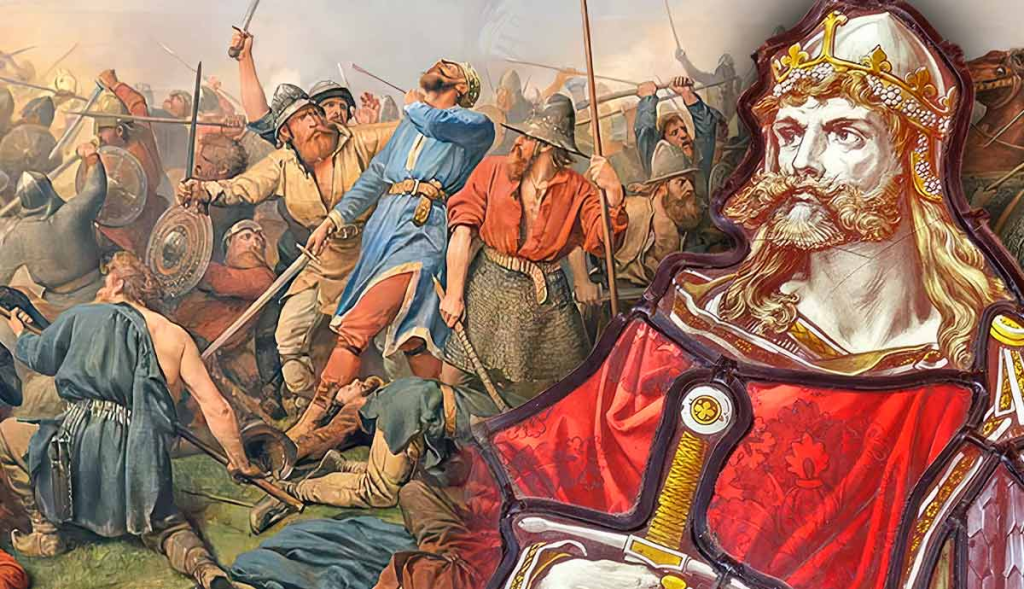
The Battle of Stamford Bridge: The Last Stand of a Viking King
The decisive moment of Harald Hardrada’s campaign came at the Battle of Stamford Bridge on September 25, 1066. After landing in England, Harald’s forces advanced toward York, where they encountered King Harold Godwinson’s army. The two sides met at Stamford Bridge, where a brutal and bloody battle ensued.
Video:
Harald Hardrada: King of Norway, and the Battle of Stamford Bridge
Despite being an experienced and battle-hardened warrior, Harald’s army was exhausted from weeks of campaigning, and they were caught off guard by the speed and ferocity of Harold Godwinson’s attack. The battle ended in tragedy for Harald, as he was struck down by an arrow to the throat while fighting on the front lines.
With Harald’s death, the Viking dream of conquering England died along with him. His ambition had been shattered, and his fall marked the end of the Viking Age in England. His death also sealed the fate of his army, which was quickly defeated by Harold Godwinson’s forces.
The End of the Viking Age
The death of King Harald Hardrada at Stamford Bridge marked the end of an era. Not only did it bring an abrupt end to his plans of conquest, but it also marked the final chapter of Viking dominance in England. The Viking kings, who had long fought to establish their rule over the British Isles, were no longer a force to be reckoned with.
But the Battle of Stamford Bridge was not the end of England’s troubles. Just days later, King Harold Godwinson’s forces were defeated by William the Conqueror at the Battle of Hastings, and the Normans took control of England. The combined impact of these two battles marked the end of the Viking Age and the beginning of a new era in English history.
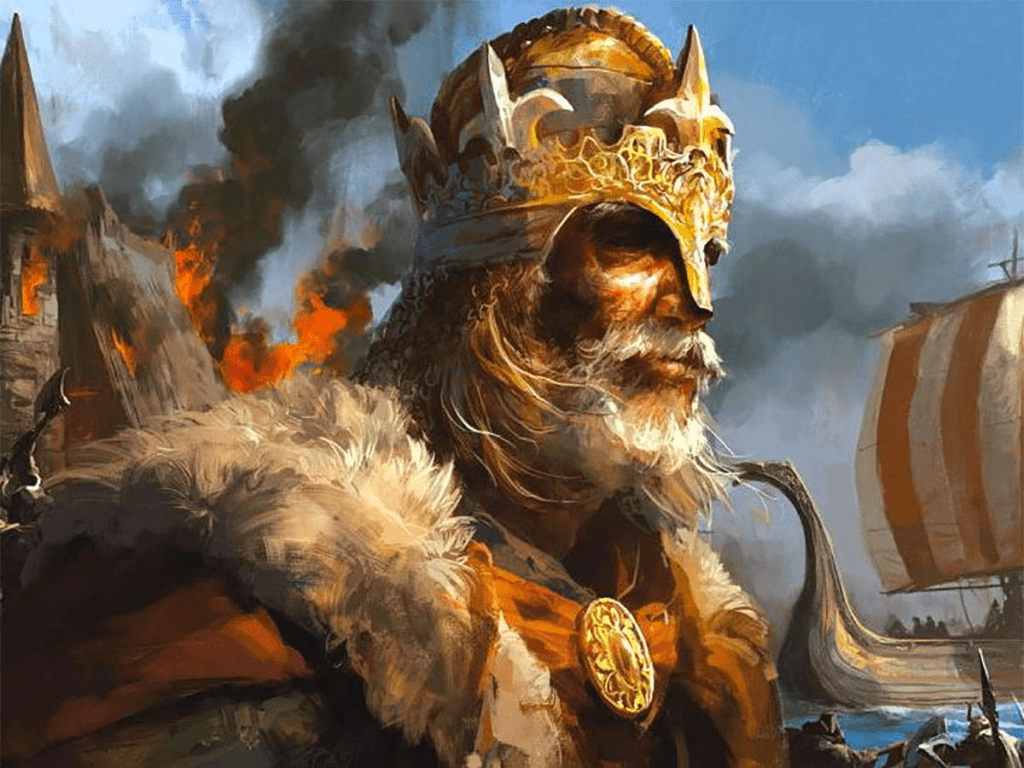
Legacy of King Harald Hardrada
Although Harald Hardrada’s life ended in tragedy, his legacy endures. He remains one of the most iconic figures in Viking history, remembered for his bold ambition, his military genius, and his unrelenting pursuit of power. His reign as king of Norway was marked by territorial expansion, strong governance, and military victories, making him one of the last great Viking kings.
Harald’s death at Stamford Bridge may have sealed the end of Norse influence in England, but it also cemented his place in history as a warrior king who went down fighting. His story serves as a testament to the strength, determination, and ambition that defined the Viking kings and the era they ruled.
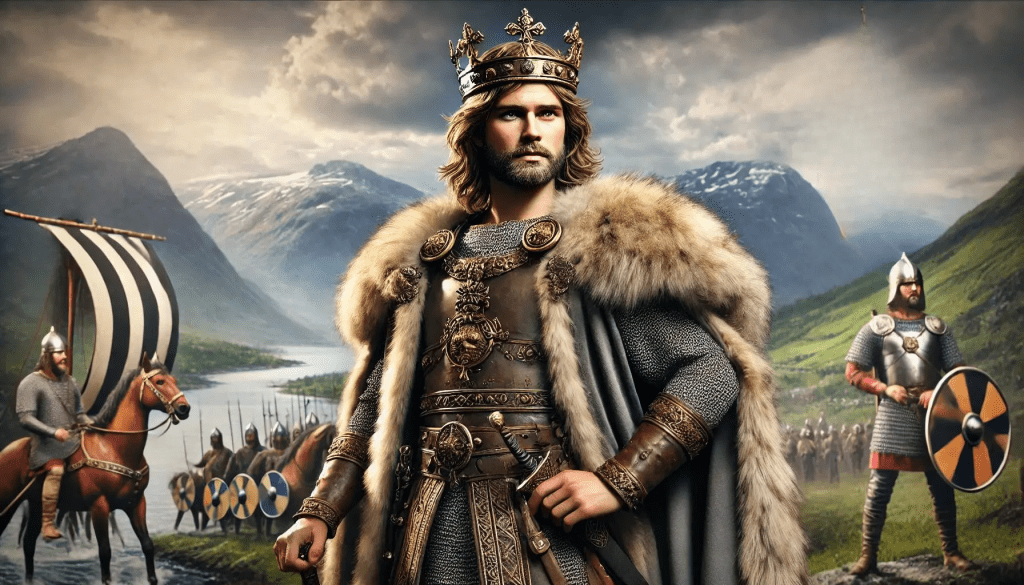
Conclusion: The Final Chapter of the Viking Age
King Harald Hardrada’s life was one of great ambition, tragedy, and heroism. From his exile as a young man to his rise as king of Norway, Harald’s story is one of resilience and power. His final campaign in 1066 ended in defeat and death, but it also marked the end of the Viking Age and the closure of a chapter in history that had shaped much of medieval Europe. Though his dreams of conquering England were shattered, Harald’s legacy lives on as one of the last great Viking kings, forever remembered for his courage, ambition, and tragic end.


